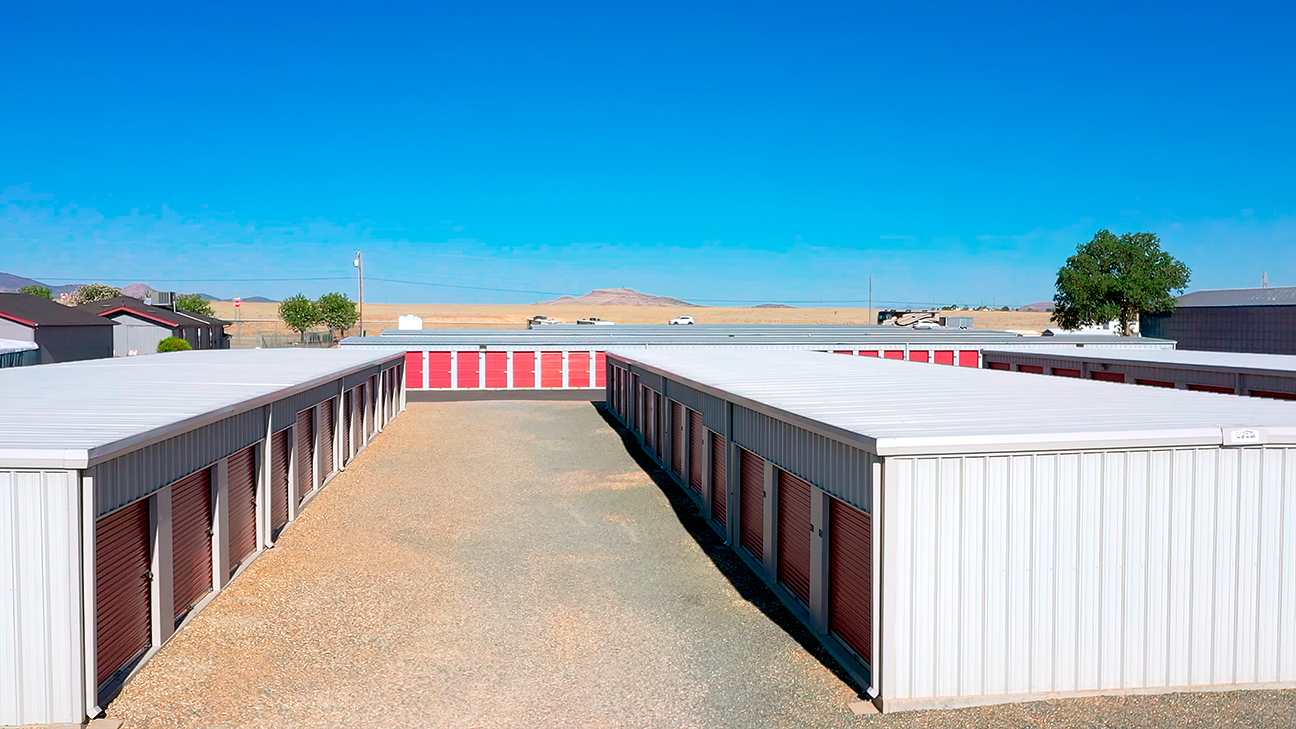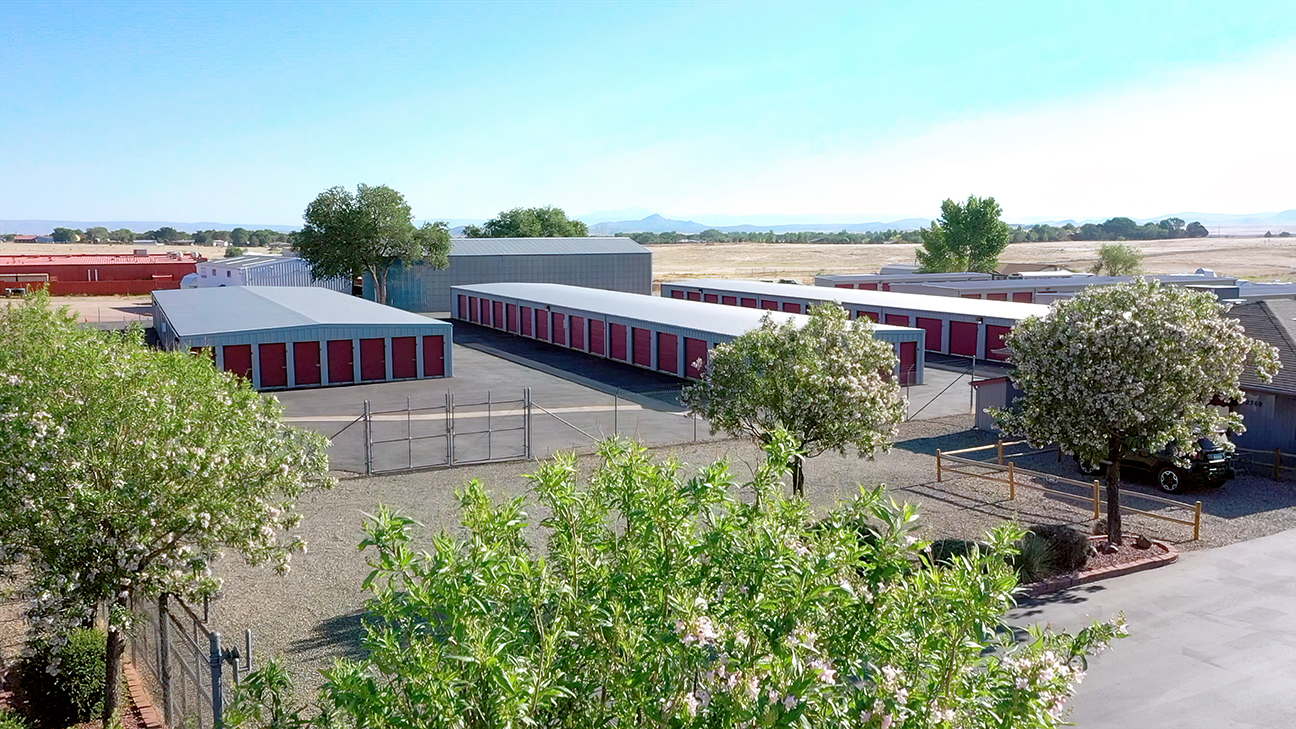Storage Tips
Rest assured your belongings are secure by following these helpful guidelines.
Fabric items like clothing, curtains, and drapes are best if stored on hangers. If hanging cartons are not available, such items should be carefully folded and stored in dresser drawers or cedar chests along with bedding and linens.
A refrigerator or freezer should be thoroughly dry and stored with its door slightly ajar. Some goods can be stored inside large appliances. Be sure to make a note if you place anything inside. Boxes can be stacked on top of stoves, refrigerators, and freezers. Make sure that stoves and cooking equipment are clean and dry before you pack them.
Place a layer of packing inside the bottom and the top of boxes containing glassware. All glass items should be individually wrapped: nest cups and bowls together and stand plates, saucers, and platters on their edge. Wrapped glasses should be placed near the top of cartons. Again, fill all open pockets with packing paper. Label all boxes containing glassware and do not place heavy items on top.
Place a pallet, corrugated cardboard mat, or plastic sheet on the floor before placing furniture. If possible, stand sofas and mattresses on end. Disassemble beds and tables, and wrap table legs in paper. If a table will not disassemble, place padding on the floor and place the table on its top with the legs pointing up. Use dresser tops for stacking cartons and dresser drawers for linens or small, delicate items. Keep upholstery off the floor. Most lightweight chairs can be stacked “seat to seat” or placed upside down on tables, which cannot be disassembled. Finally, place a light cotton dust cover, such as a bed sheet, over your furniture.
Pack books flat to protect the spines. Do not place boxes directly on concrete floors, but use pallets or skids to prevent moisture absorption. Use packing to fill all empty pockets in each box. Do not pack fragile items in the same box with books, and do not overload.
Save the original cartons that contained delicate ornaments. Pad the ornaments with packing paper or newsprint. Wrap strings of lights around a piece of cardboard before placing them in a carton lined with packing paper.
These items should be stored on edges, not flat. We offer a selection of mirror/picture boxes that can be purchased at our office.
Metal tools should be cleaned and wiped with a rag containing a few drops of machine oil to prevent rust. Long handled tools such as rakes, shovels, and hoes should be clean, lightly oiled, and tied in bundles.
To avoid rust, wipe all metal surfaces with a rag containing a few drops of machine oil.
Make a timeline leading up to moving day for cleaning out, labeling, and organizing your life before you move. Take a little time each week or day to check off the list, one room or closet at a time.
Taking time to carefully load your storage space will ensure the best results for your belongings.
Leave air space around the perimeter to aid ventilation. Boxes of the same size make for easy stacking.
Leave a walkway to the rear of your space for convenient access to all items.
Using plastic storage containers is a great option for accessibility without the hassle of packing tape.
Use high-quality packing boxes designed especially for the job and seal them completely with packing tape.
Create a detailed list of labeled boxes for easy identification. Using color codes or numbering each box is a smart way to stay organized. Gather plenty of sturdy corrugated boxes, packing paper, bubble wrap, sealing tape, marker pens, and any furniture covers or shelving you plan to use in your storage unit.
Start decluttering about a month before your move. Donate old clothes, toys, sports gear, and lawn equipment to your local donation center. Dispose of anything broken, expired, or no longer useful to lighten your load.
Use boxes of the same size when possible. Fill them tightly without overpacking or leaving them half-empty—bulging boxes can topple, while half-full boxes may collapse. Use wadded newsprint, bubble wrap, rags, towels, or blankets to fill empty spaces and seal boxes securely with tape for protection.
Pack heavy items like books and tools into small boxes for easier handling. Keep all boxes, regardless of size, under 30 lbs to prevent injury and make moving easier.
Clearly label each box with its contents, and keep a master list along with pictures and descriptions at your home or office. Mark boxes containing fragile items prominently.
Make sure appliances are clean and dry before storing. Secure movable parts with paper or padding, and tape doors shut during transport—but wedge them open while in storage to prevent mildew.
Store frequently used items near the front of your unit. When arranging your storage, leave a center aisle so you can easily access everything.
- Buy packing supplies
- Start packing early
- Send address change notifications
- Get copies of school records
- Dry clean clothing
- Check items at repair shops
- Notify utilities and phone companies
- Schedule utility disconnection and hookup
- Return borrowed items and collect lent items
Fill bureau drawers with small, fragile items. Secure contents by filling empty spaces with towels or packing paper.
Wrap chair legs in packing paper for protection. Leave slipcovers on upholstered chairs and cover them with plastic chair covers.
Pack dishes and glassware with plenty of paper. Line the bottom and top of boxes with packing paper, wrap each piece separately, and cushion with crumpled paper. Stack plates on edge for safety. Pad mirrors and paintings with paper, place them in special mirror boxes or large cartons, and clearly mark the boxes.
Wrap lamp bases with padding and pack smaller lamps completely. Pack delicate lampshades separately, avoiding newsprint to prevent ink stains. Use unprinted wrapping paper, foam wrap, or bubble wrap available at our location. Never stack heavy items on lamp cartons.
Avoid placing boxes directly on concrete floors. Use pallets or skids to prevent moisture damage.
- Dispose of flammables like paint and gasoline
- Finish packing, leaving out essentials for moving day
- Empty and defrost refrigerators and freezers
- Pack bedding last
- Pick up ice and beverages
- Strip beds and cover mattresses with mattress bags if storing
- Turn off the water and lights
- Lock windows and doors

Storage Tips from Infinity Storage Space
As your trusted local self storage experts, we’ve compiled a helpful list of storage tips just for you.
These practical tips will help you pack your storage unit efficiently and keep your belongings safe while stored at Infinity Storage Space.
If you have any questions not covered here, don’t hesitate to contact our friendly team for assistance!
Infinity Storage Space
2369 State Highway 89 - Chino Valley, AZ 86323
Customer Service Phone Hours
Monday to Friday: 7:00 AM - 7:00 PM
Saturday: 7:00 AM - 3:00 PM
Sunday: Closed
Onsite Manager Hours:
Mon - Fri: 9:00 AM - 2:00 PM
Gate Hours
Monday to Sunday: 6:00 AM - 10:00 PM

